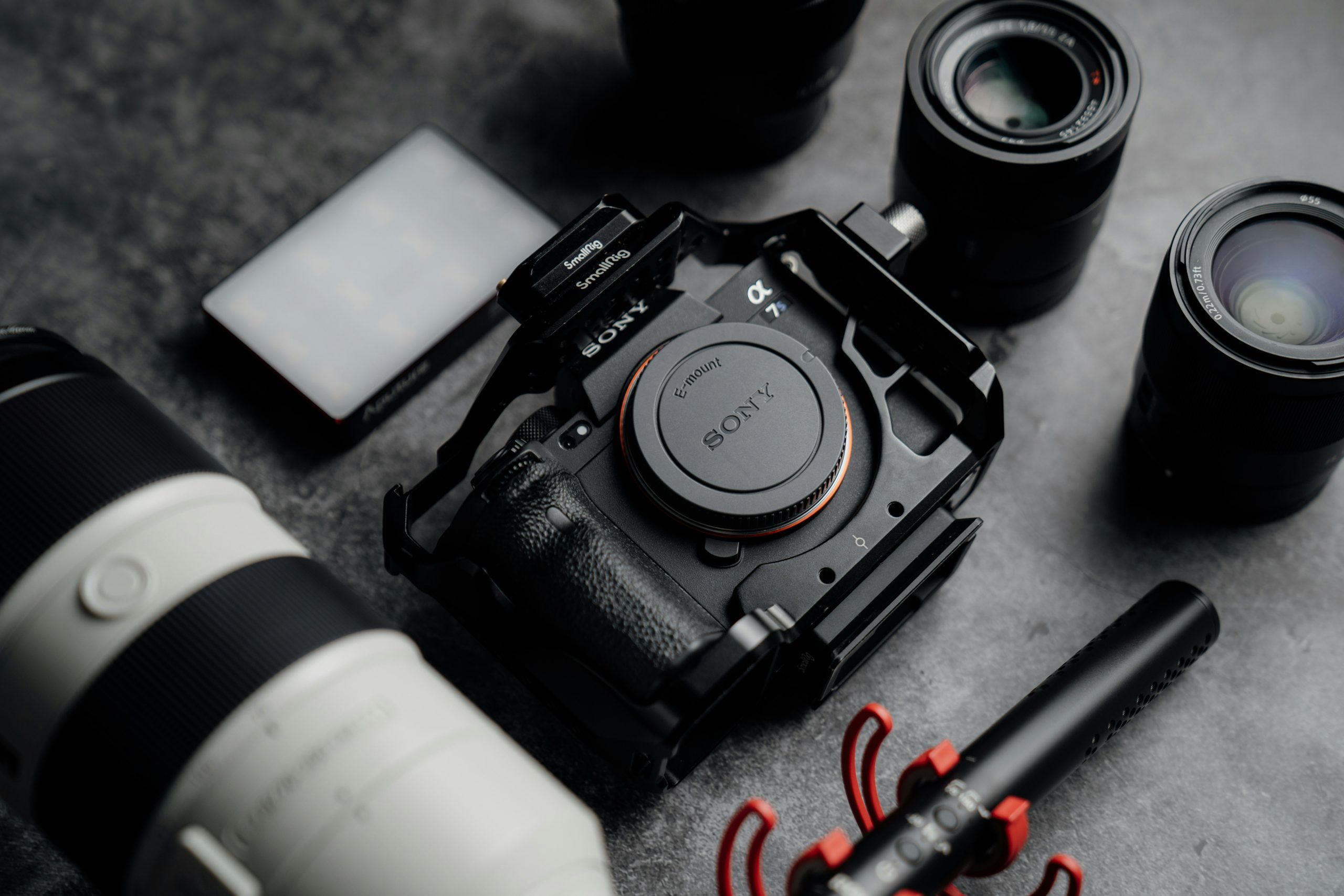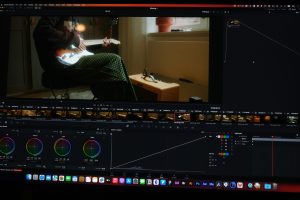The Complete Guide to Modern Smartphone Photography
In today’s digital world, smartphone photography has become an integral part of our daily lives. With the advancement in technology and camera capabilities, modern smartphones have made it easier than ever to capture high-quality photos on the go. Gone are the days when professional photography required expensive cameras and equipment, as now, anyone can capture stunning images using just their smartphone. If you want to take your smartphone photography skills to the next level, then you’ve come to the right place. In this complete guide, we’ll walk you through everything you need to know about modern smartphone photography.
Understanding Your Smartphone Camera
Before diving into the tips and tricks of modern smartphone photography, it’s essential to understand how your smartphone camera works. Smartphones these days come equipped with multiple cameras, lenses, and features, making photography more accessible and versatile. Some of the essential components of your smartphone camera are:
Camera Lenses
The lenses on your smartphone camera are responsible for capturing light and creating an image. Most modern smartphones have multiple lenses, such as wide-angle, telephoto, and macro lenses, to provide a variety of shooting options.
Shutter Speed
The shutter speed is the amount of time your camera’s shutter remains open while taking a photo. It determines how long the camera’s sensor is exposed to light, affecting the amount of light entering the lens and the sharpness of the image.
ISO
ISO is the measure of your camera’s sensitivity to light. A higher ISO value means your camera is more sensitive to light, making it ideal for low-light conditions. However, a high ISO can also introduce noise or grain in your photos, so it’s essential to find a balance.
Aperture
The aperture is the opening in the lens through which light enters the camera. A wide aperture (small f-stop number) allows more light to enter, making it ideal for low-light conditions. On the other hand, a narrow aperture (large f-stop number) is suitable for capturing detailed and sharp images in bright light.
Tips for Capturing Great Smartphone Photos
Now that we are familiar with the essential components of your smartphone camera let’s dive into some tips and tricks that will help you capture stunning photos using just your smartphone.
Use Natural Lighting
Lighting plays a crucial role in photography, and natural light is always the best option for capturing photos. Try to take photos during the golden hour (the first and last hour of sunlight), as the soft, warm light creates a beautiful atmosphere in photos. Avoid taking photos in harsh, direct sunlight, as it can create unflattering shadows and wash out your subject’s features.
Steady Your Hands
One of the most common issues with smartphone photography is capturing blurry photos due to shaky hands. To avoid this, try to keep your arms close to your body and use both hands to hold the phone while taking a photo. You can also invest in a tripod or use a stable surface to rest your phone on to keep it steady.
Experiment with Different Camera Modes
Most modern smartphones come with a variety of camera modes, such as portrait, panorama, and night mode, to provide a diverse range of shooting options. Don’t be afraid to experiment with different modes to find the one that works best for your specific shot. For instance, the portrait mode is ideal for capturing professional-looking portraits, while the panorama mode is perfect for capturing landscapes.
Edit Your Photos
No photo is perfect straight out of the camera. That’s why using editing apps to enhance your photos is essential. You can adjust the brightness, contrast, and saturation levels, crop and straighten your photos, and even add filters to give them a unique look. However, make sure not to overdo it, as too much editing can ruin a good photo.
The Power of Composition
Another crucial aspect of photography is composition – how you arrange the elements of your photo to create a visually pleasing image. Here are a few tips for composing great smartphone photos:
Rule of Thirds
The rule of thirds is a fundamental compositional guideline where you divide your photo into a grid of three horizontal and three vertical lines, and place your subject at the intersection points. This creates a balanced and visually interesting composition.
Leading Lines
Using leading lines in your photos helps guide the viewer’s eye towards the main subject and creates depth and dimension. Try to incorporate natural lines such as roads, fences, or buildings, to add interest to your photos.
Symmetry
Symmetrical compositions can be very visually appealing and are a great way to highlight a specific subject. Look for buildings, landscapes or reflections to create symmetrical photos.
Conclusion
Smartphone photography has come a long way, and with the right knowledge and techniques, you can capture professional-looking photos using just your smartphone. By understanding your smartphone camera, utilizing natural lighting, and incorporating essential composition techniques, you can take your photos to the next level. So, go out there, practice, and have fun capturing stunning photos with your smartphone. Happy clicking!











